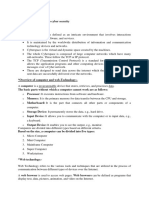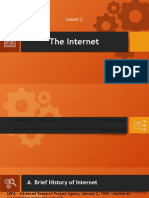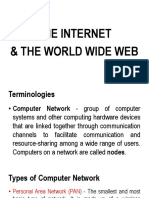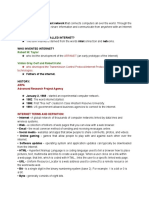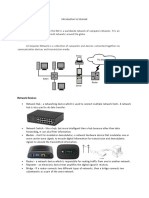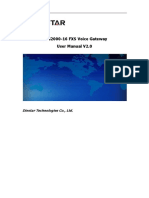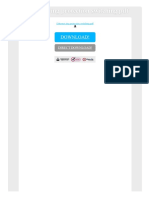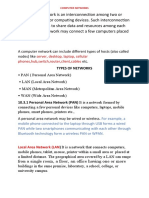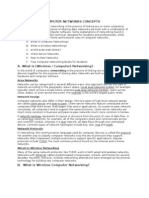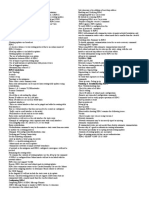0% found this document useful (0 votes)
45 views5 pagesNetworks Notes
The document provides an overview of networks, including types such as Personal Area Networks (PAN) and Home Area Networks (HAN), along with their functions, advantages, and disadvantages. It explains the hardware and software required for internet access, as well as the distinction between the Internet and the World Wide Web (WWW), detailing web addresses, URLs, and types of websites. Additionally, it covers the purpose and examples of various web applications and social networks.
Uploaded by
8ttcddrbssCopyright
© © All Rights Reserved
We take content rights seriously. If you suspect this is your content, claim it here.
Available Formats
Download as PDF, TXT or read online on Scribd
0% found this document useful (0 votes)
45 views5 pagesNetworks Notes
The document provides an overview of networks, including types such as Personal Area Networks (PAN) and Home Area Networks (HAN), along with their functions, advantages, and disadvantages. It explains the hardware and software required for internet access, as well as the distinction between the Internet and the World Wide Web (WWW), detailing web addresses, URLs, and types of websites. Additionally, it covers the purpose and examples of various web applications and social networks.
Uploaded by
8ttcddrbssCopyright
© © All Rights Reserved
We take content rights seriously. If you suspect this is your content, claim it here.
Available Formats
Download as PDF, TXT or read online on Scribd
/ 5
















